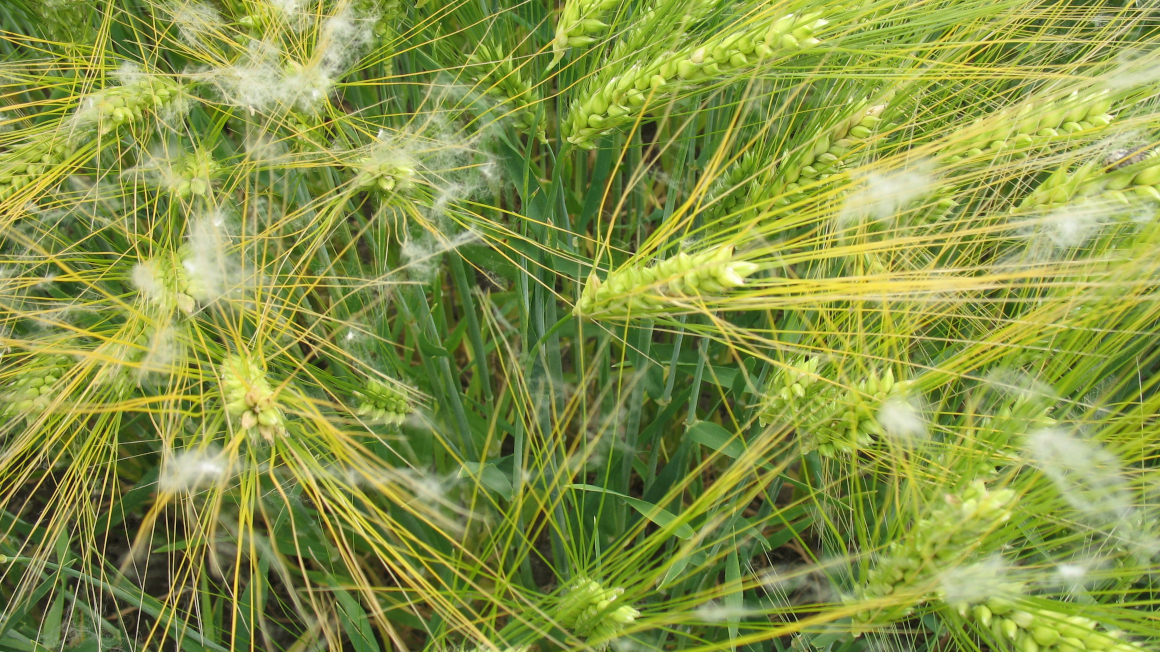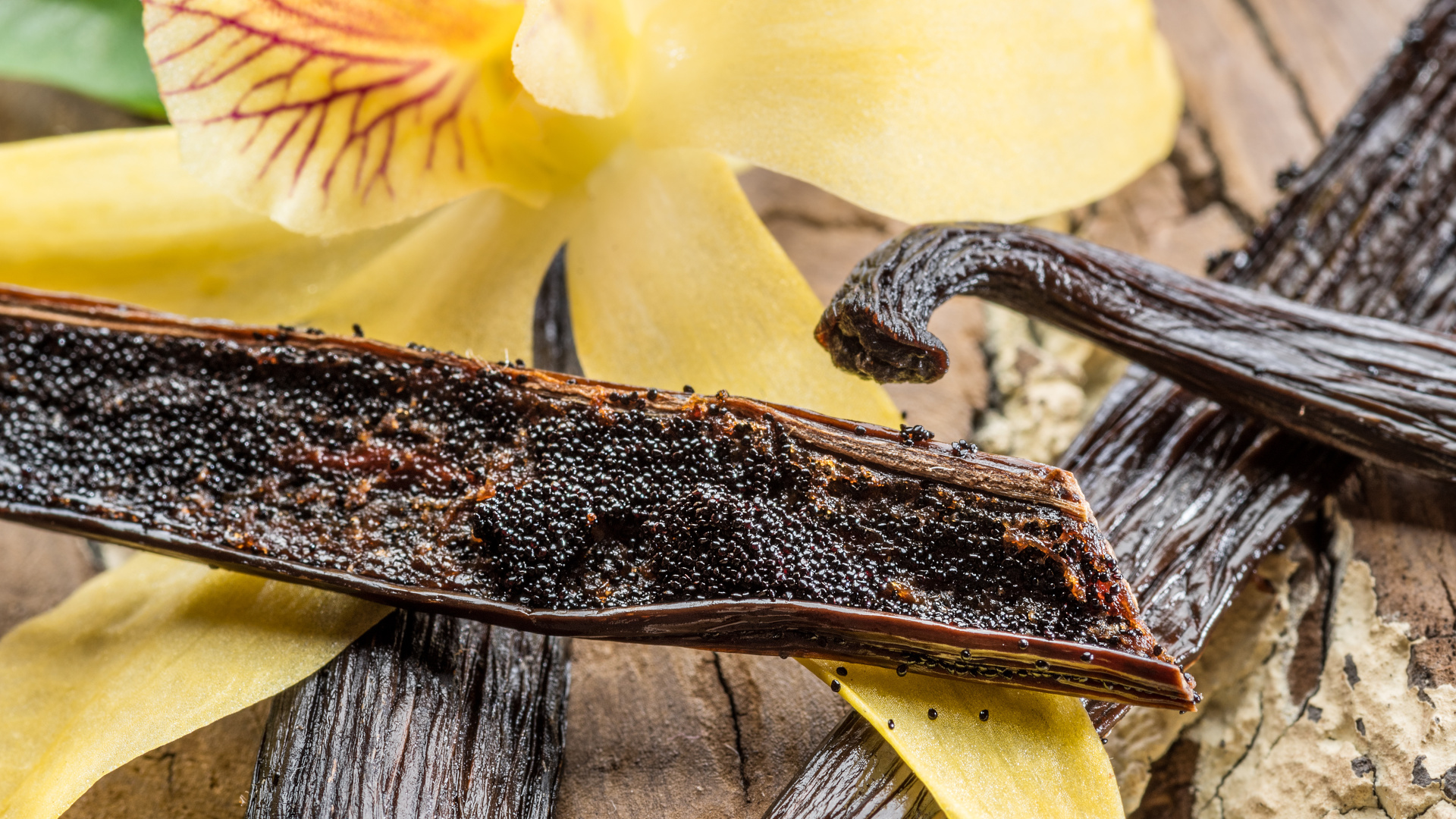Mutation for late barley flowering identified
An international research team led by the Leibniz Institute of Plant Genetics and Crop Plant Research (IPK) has discovered the genetic cause of late flowering in barley, which leads to higher yields.

Barley (Hordeum vulgare) is considered the fourth most important cereal crop worldwide. In Germany, it is even the second most cultivated crop after wheat. However, in view of climate change, agriculture faces the challenge of securing yields even under changing environmental conditions. In order to strengthen barley's adaptability to these changes, the focus is shifting to genetic traits that control the plant's growth and flowering time. A study led by the Leibniz Institute of Plant Genetics and Crop Plant Research (IPK) provides new and decisive insights into this topic.
Mutation in the PPD-H1 gene causes late barley flowering
The researchers succeeded in deciphering the genetic cause of why certain barley varieties flower later on long spring days and can thus achieve higher yields. The decisive factor is a mutation of SNP22 (single nucleotide polymorphism) in the PPD-H1 gene, which is responsible for the later flowering. ‘Our data clearly show that this small but crucial genetic change in the PPD-H1 gene is the trigger for delayed flowering under long-day conditions,’ explains Rajiv Sharma, first author of the study.
All modern late-flowering barley varieties can therefore be traced back to a single haplotype (H10) found in wild barley from Israel. For the study, the genetic material of more than 2,000 barley samples was analysed, including wild and cultivated barley. Field trials and genome-wide association studies were also carried out. A 6,000-year-old barley sample from Israel was also examined.
Late adaptation of characteristics
As the team writes in the journal Theoretical and Applied Genetics, the genetic change only occurred after the domestication of barley in the southern Levant, today's eastern coast of the Mediterranean and the backcountry there. ‘So it was not a trait that cultivated barley had from the beginning, but a later adaptation that appeared in the cultivated plant and enabled barley to spread to Europe,’ explains Kerstin Neumann, head of the ‘Automated Plant Phenotyping’ working group at the IPK.
Potential for plant breeding and agriculture
The study thus provides important insights for plant breeding to make barley more resilient in the future and offers farmers the opportunity to achieve more stable yields.
bb


